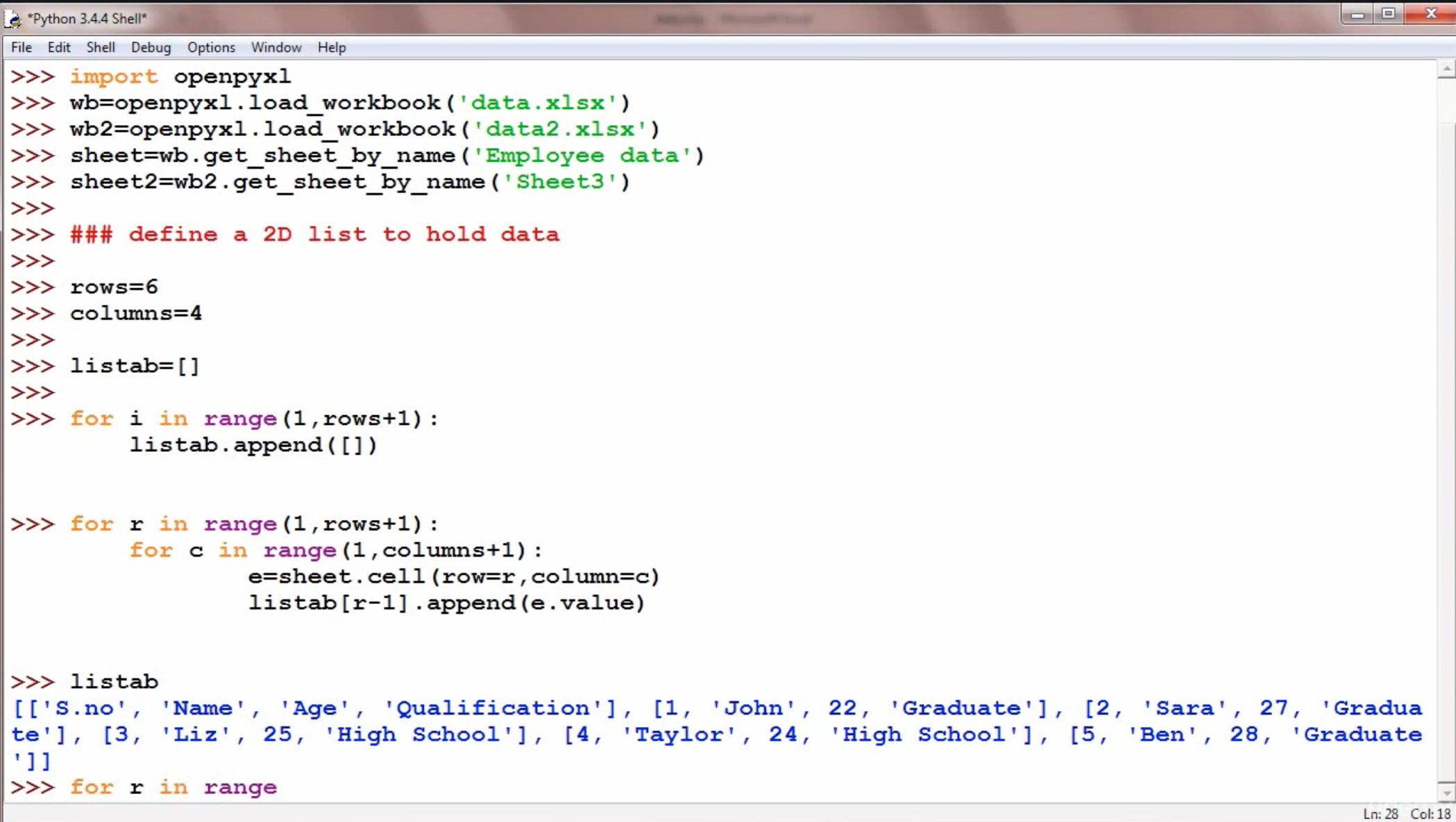

If you are new to Python programming, I highly recommend this book. Open file for reading and writing (truncates files) Open file for reading and writing (appends to end) Open file for writing (will truncate file) # and append (add line) at the end of the file. # The 'a' flag tells Python to keep the file contents If you simply want to add content to the file you can use the ‘a’ parameter. That is to say, if the file contents exists it will be replaced. The ‘w’ flag makes Python truncate the file if it already exists. The code below creates a new file (or overwrites) with the data. Python Programming Bootcamp: Go from zero to hero write() method with a parameter containing text data.īefore writing data to a file, call the open(filename,’w’) function where filename contains either the filename or the path to the filename.

However, a file named test file would have been created in the directory you are working on, containing all your inputs.Python supports writing files by default, no special modules are required. Once we run the above code snippet, we will not be seeing any output. Write function only accepts string values, hence converted the same using str function and finally adding a new line using '\n' Step 4 - Closing the text fileĪfter all the amendments are done, use close fuction to simply close the file created. We have created a loop, iterating over i from 0 to 10. Now manually create the file on your Desktop, using Sublime Text 3 or. Step 3 - Writing a for loop over the file Heres the official Python documentation on reading and writing from files. We have added a test line using write function. Step 2 - Adding a test line in the fileĭf.write('We will be seeing an interated printing of numbers between 0 to 10\n') Now df object stores the text file and can be easily written upon. We have used 'w' which refers to write function. To start, we have to first create an object of a text file using the open function.


 0 kommentar(er)
0 kommentar(er)
